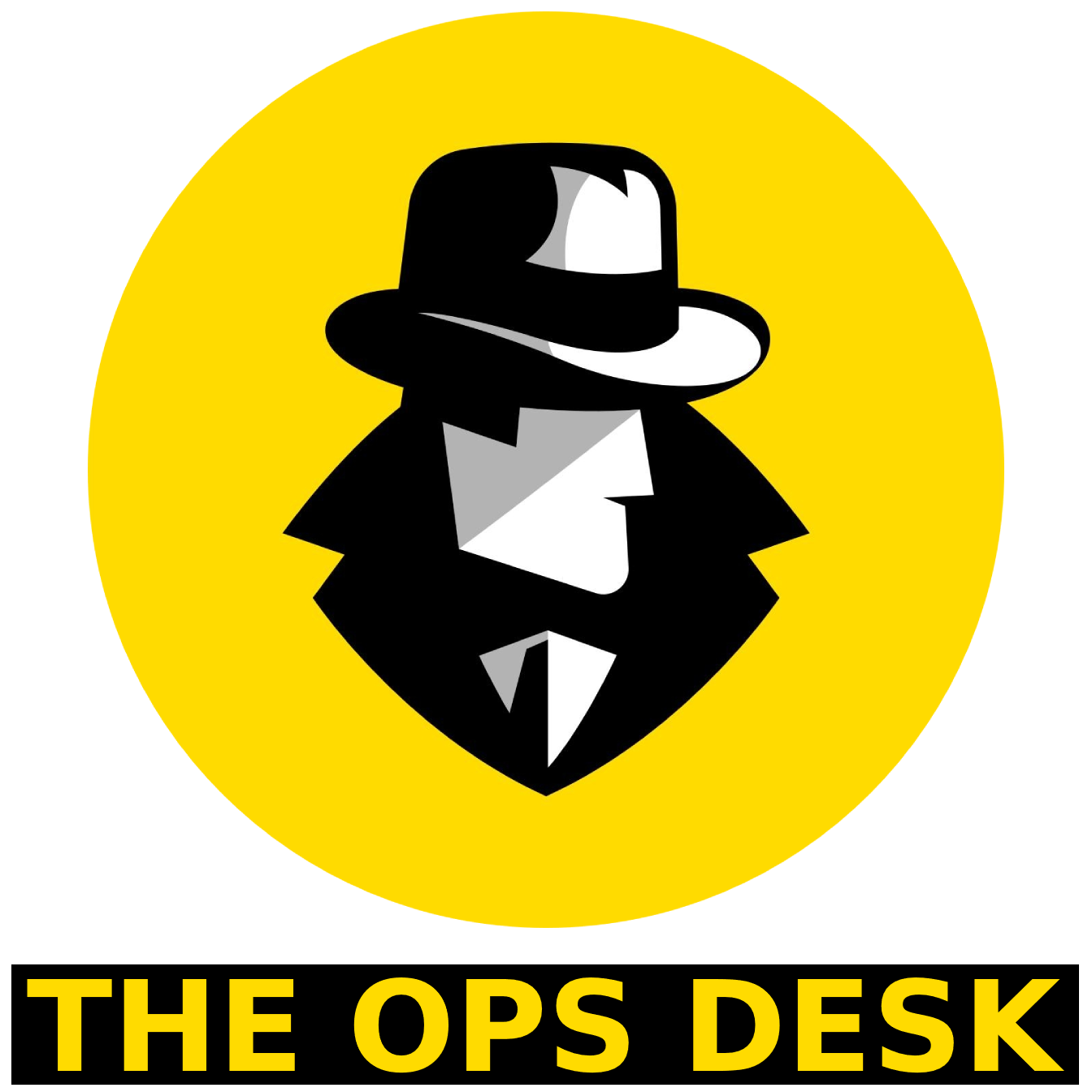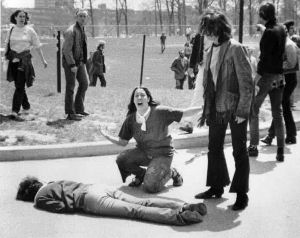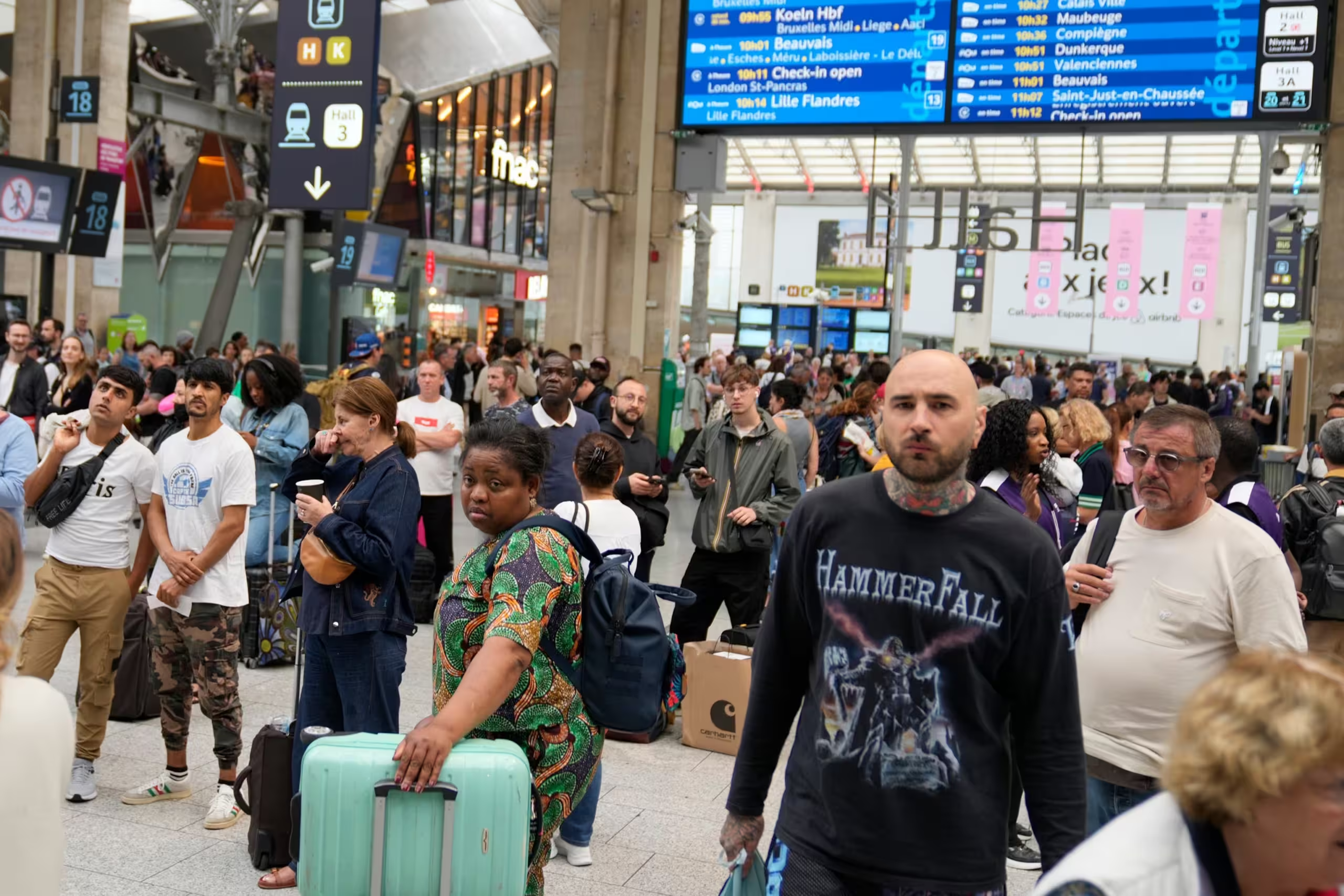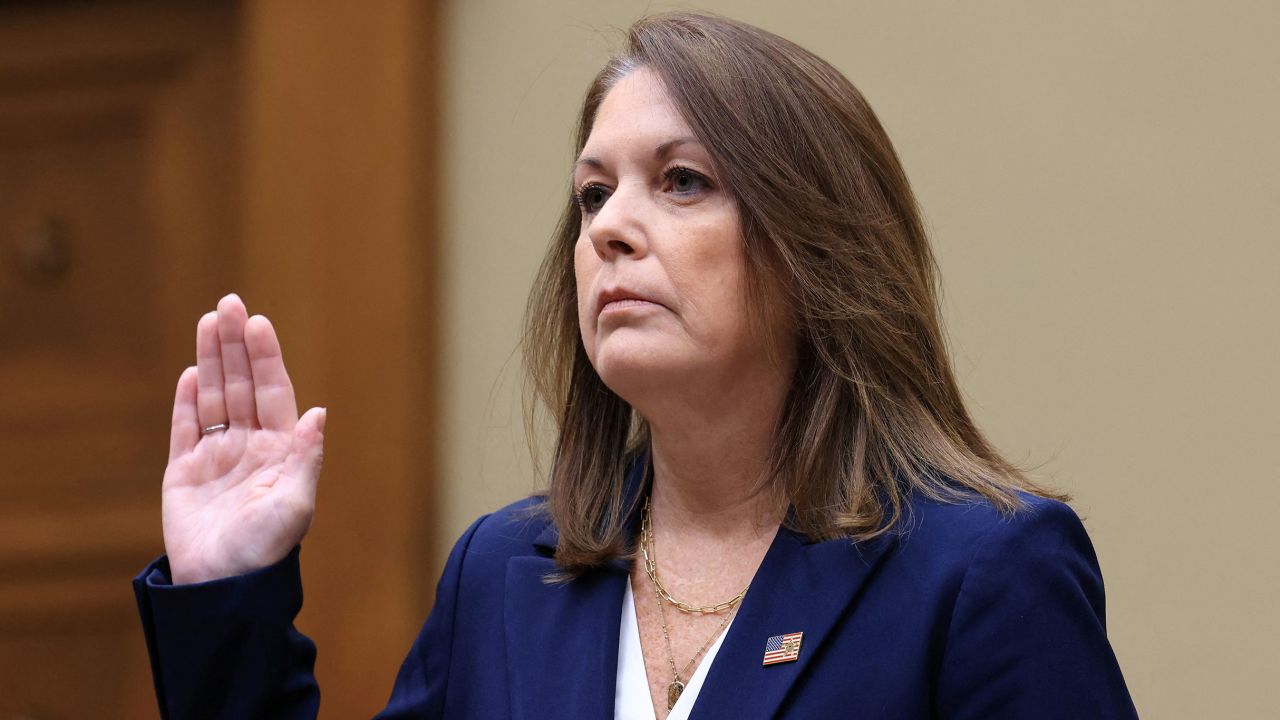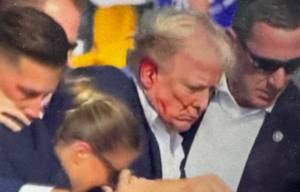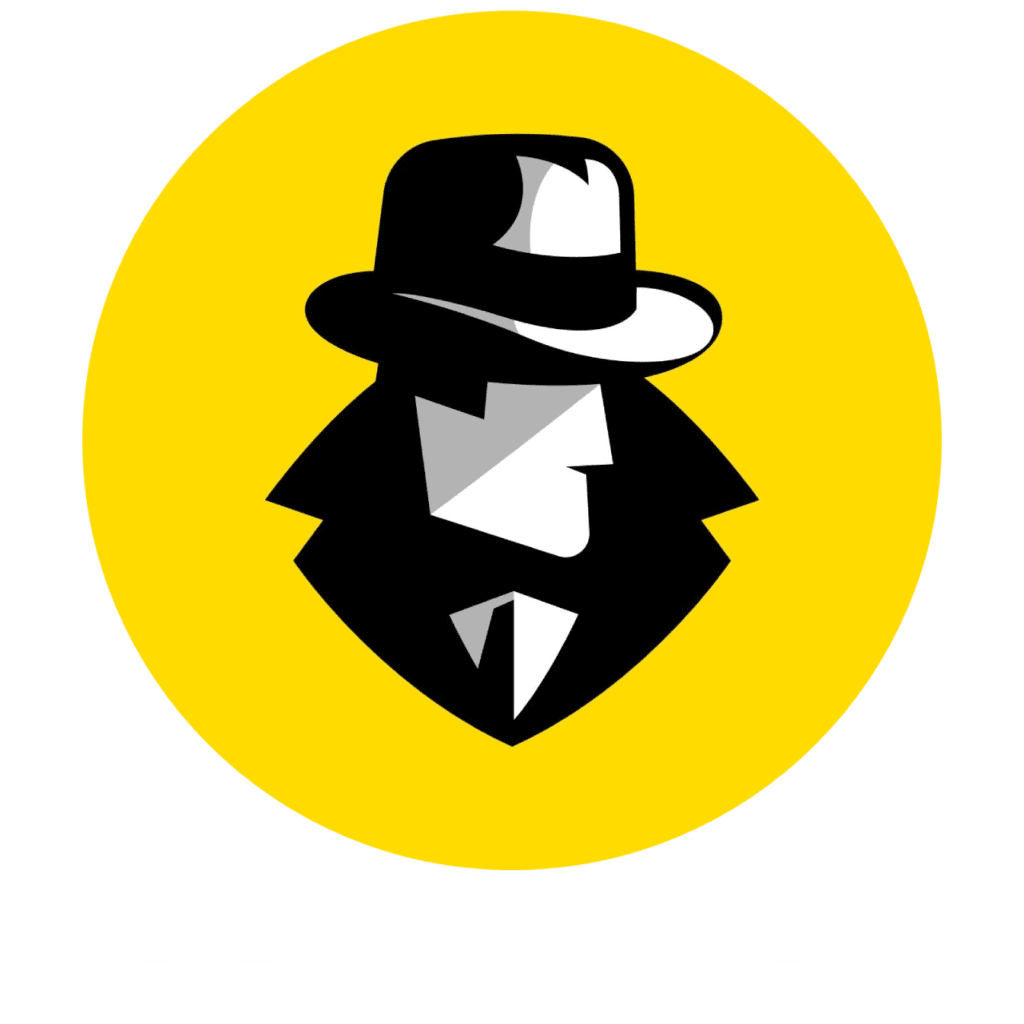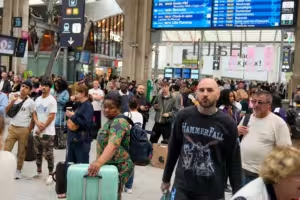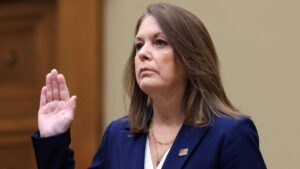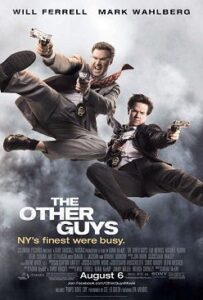Soldiers operating as law enforcement leads to tragedy.
Kent State University in Ohio was a hotbed for anti-war demonstrations in the late 1960’s. Students at the large school had been engaging in protest actions since 1966, before it became a nationwide trend. As the war grew, so did the rallies at Kent State. Protests spread from anti-war to also include anti-police as the radical group Students for a Democratic Society became a force at the school. There were physical confrontations with the Kent Police Department and several students were arrested.
As the new decade opened, rallies became more disruptive. During the month of April of 1970 protests became more violent and radical. Dozens of students were arrested. The student population at Kent State almost equaled the entire population of the town and the Kent Police Department did not have the resources to handle the growing unrest. Ohio does not have a State Police, so the less robust Ohio Highway Patrol was brought in on several occasions to assist local police.

On April 30th, 1970, President Nixon announced that the United States would be entering Cambodia to attack North Vietnamese forces operating there. This enraged the anti-war movement and set off a new round of protests at Kent State and around the country. May 1st saw a substantial protest and calls to get rid of the ROTC building on campus. That night rowdy students threw bottles at police and broke storefront windows in the town. Small fires were lit in the town and bottles were thrown at responding firefighters. The entire Kent Police Department was mobilized, and surrounding departments sent manpower to the disturbance. The police needed to deploy tear gas to disperse the crowd and force them back onto campus.
May 2 saw Kent politicians and business owners receiving death and arson threats. There were rumors that they students had weapons and that they were planning arsons and bombings. This theory was exacerbated by the fact that the campus ROTC building was lit on fire that evening and burnt to the ground. Protestors attacked police and fire responders and damaged firefighting equipment. Controlling the protesters was getting beyond the capabilities of the Kent Police and Ohio Highway Patrol, who were vastly outnumbered by the students. By 1000 that night the Ohio Army National Guard was on the scene at the request of the Mayor of Kent, Leroy Satrom and at the direction of the Governor, James Rhodes.
On May 3, students in the town, some there to help with cleanup, were met with vitriol from the angry residents. A curfew was declared, and students were ordered back onto campus. That night, the Ohio National Guard, armed with loaded rifles and bayonets were ordered onto the campus to disperse an unruly crowd and order students into their dorms. Several students reported bayonet injuries during this conflict.
On the morning of May 4th, protests restarted on the campus despite the curfew. Approximately 1,300 students gathered on the campus commons. Again, the National Guard was called in and ordered the crowd to disperse. No one moved. A few rocks were thrown at the soldiers. The National Guard deployed tear gas grenades in response, but some of these were thrown back at the soldiers. Guardsmen were then ordered to advance on the crowd. The students fell back but soon returned armed with rocks and bottles.
At one point an unidentified National Guard officer fired a pistol shot into the air as a warning to the crowd. That did not deescalate the situation at all and confused many of the besieged guardsmen. Students believed that the soldiers were armed with blanks and increased their attacks. The soldiers, now confused and disoriented, began to retreat from the increasingly violent crowd.
At 12:24, pistol shots rang out from a lone Guardsman. Sergeant Myron Pryor was alleged to be this initial shooter, but that was never proven. As often happens during shootings, other soldiers joined in with shots from their rifles. Over the next 13 seconds, at least 29 soldiers fired 67 shots into the crowd of college students. The students were not particularly close to the soldiers and no order to fire was ever given. Several soldiers, many of them Vietnam veterans no older than the students, later said that they heard shooting and opened fire themselves.
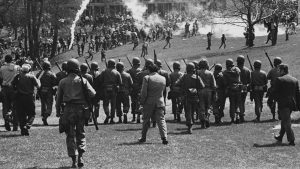

On the ground lay 13 Kent State students with bullet wounds. Four of them, Allison Krause, 19, Jeffrey Miller, 20, William Schroeder, 19, and Sandra Scheuer, 20, were dead. Only one soldier received a minor injury during the event. No soldiers were ever convicted of crimes related to the shooting.
Christopher Flanagan
